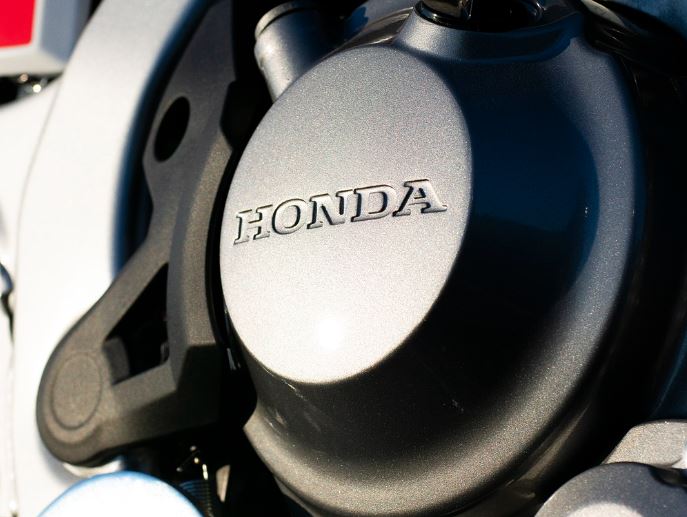For over two decades, the debate surrounding hydrogen-powered cars has been ongoing, with advocates highlighting various advantages and critics raising concerns about fuel availability.
While the future of hydrogen in passenger cars remains a contentious topic, some manufacturers are actively investing in the technology, believing it will play a significant role in the automotive landscape.
One such believer is Honda, which recently unveiled a new Fuel Cell Electric Vehicle (FCEV) based on the CR-V platform. This move demonstrates Honda’s commitment to hydrogen technology, following the discontinuation of its Clarity fuel-cell sedan. The new vehicle integrates both a battery pack and a fuel cell, enabling bidirectional charging—a feature valued by electric vehicle owners for its ability to power household equipment using the vehicle as a power source.
The inclusion of a battery pack addresses concerns about range anxiety, a significant issue for hydrogen-powered vehicle owners due to the scarcity of refueling stations. However, recent developments have compounded this challenge, with Shell announcing the closure of all seven hydrogen stations in California, previously considered a hub for hydrogen infrastructure development.
While Honda’s move into hydrogen technology is significant, it’s essential to note that many hydrogen-powered vehicles, including the Clarity, were primarily available in the California market. Other players in the segment include the Toyota Mirai and Hyundai’s Nexo, which also aims to offer a hydrogen powertrain in the future.
